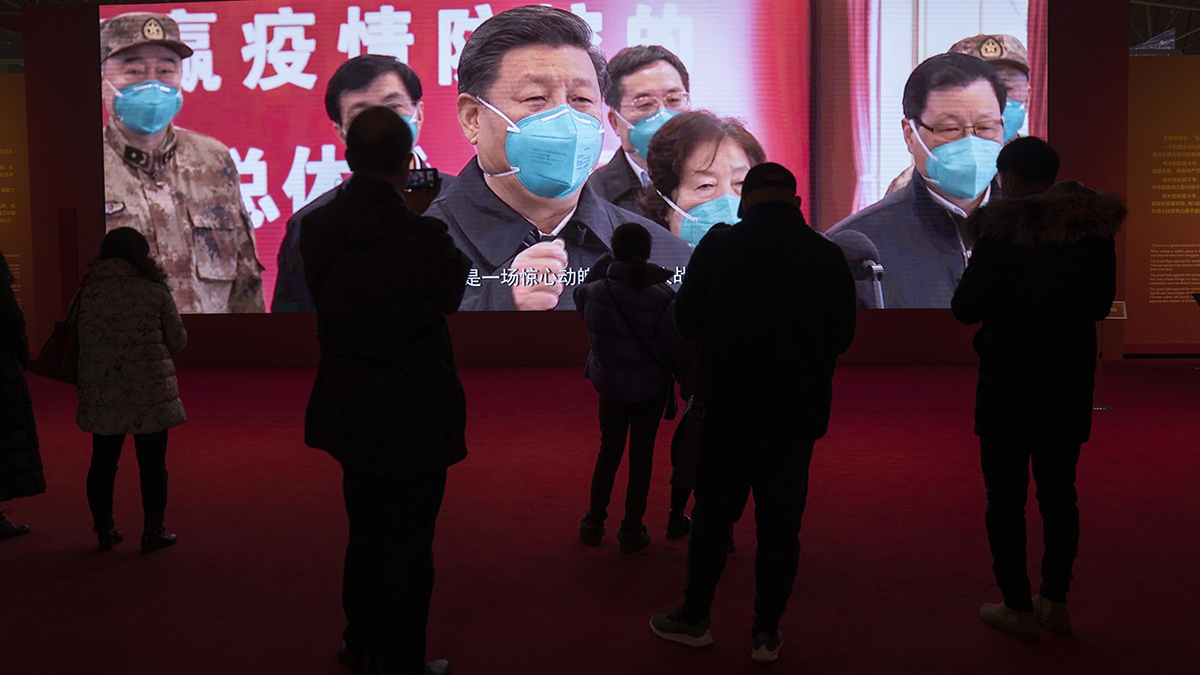You have no doubt seen plenty of people in public with their mask pulled down so it only covers their mouth, leaving their nose exposed. New research suggests this defeats the point of wearing a mask even more than you might think.
Most people usually breathe through their noses, and for good reason, we smell through our noses, our noses warm and humidify the air we breathe, and they help filter out debris and micro-organisms in the air.
Breathing out through the nose is also healthier, it naturally improves lung and circulatory function, it also gives your body a chance to reclaim some of the warmth and humidity you would otherwise exhale into the environment.
Unfortunately, just like the nose is better for breathing, the nose also appears to be better at spreading COVID-19.
A study published in the journal Cell mapped locations in the respiratory tract where the COVID-19 virus most quickly invades, multiplies and spreads. They found the cells that line the nose were significantly more likely to become infected and shed virus compared to the throat or lungs.
That means, every time a person exhales through their nose, they are likely generating a higher concentration of infectious aerosol than if they were simply breathing from their mouth.
Coronavirus Pandemic
Full coverage of the COVID-19 outbreak and how it impacts you
It also means, in order to block that infectious cloud from escaping to infect other people, it's just as important to cover your nose with a mask.
Another interesting thought generated by this study addresses the question of how the SARS-CoV-2 virus even infects people's lungs to start. The researchers suggest, based on their findings, the virus doesn't get to the lungs through the blood or even by marching lower down the respiratory tract. They think it may simply jump to the lungs from infected nasal secretions that a susceptible person aspirates or inhales.
According to the CDC, nearly half of American adults have underlying medical conditions that could put them at risk for a more severe case of COVID-19.
The study of adults in over 3,000 counties, found 47% had at least one of the five conditions: COPD, heart disease, chronic kidney disease, diabetes and obesity.


